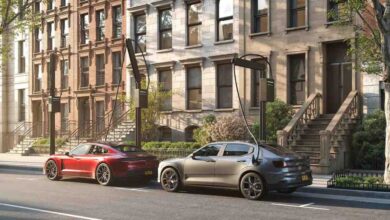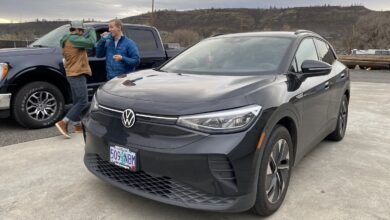Choosing an electric vehicle: What’s right for you?
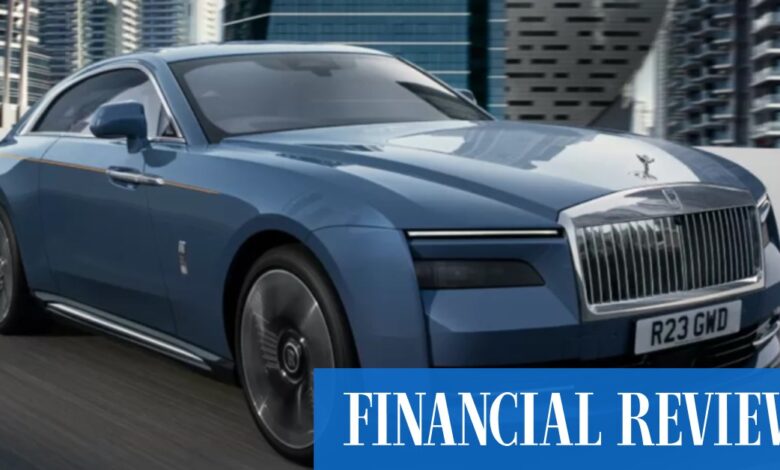
New brands
An Xpeng anyone? Perhaps you’d prefer a Chery, Zeekr or Leapmotor? These Chinese brands are either here or imminent. You might prefer to stick with a well-known Euro badge like MG. Except MG is now fully owned by the Chinese too, while BMW, Volvo, Tesla, Kia and other familiar brands now build BEVs there.
The quality coming out of China is generally good and home-grown marques are offering long warranties to promote confidence in their BEVs. They tend to be packed with luxury equipment, too, and be sharply priced.
On the other hand, there are more than 100 Chinese car brands, so will the one you choose still be here (or even extant) in five or 10 years? This is super important because software support is as important as the availability of spare parts.
TrueEV will debut Xpeng’s G6 SUV model in Australia this year.
Efficiency
The total capacity of a car’s battery pack is measured in kilowatt hours (kWh), and the car’s range between recharges is derived with the WLTP standard (a fractured acronym of World harmonised Light vehicle Testing Procedure). The first is slightly deceptive because not all of a battery’s nominal capacity can be used, the latter because WLTP figures tend to flatter the car.
Experienced drivers bank on achieving about 10 per cent less than the official figure around town and 20 per cent less with highway running (at a constant speed a BEV doesn’t benefit from energy recuperation under braking). Still, WLTP figures provide a reliable guide to comparing models.
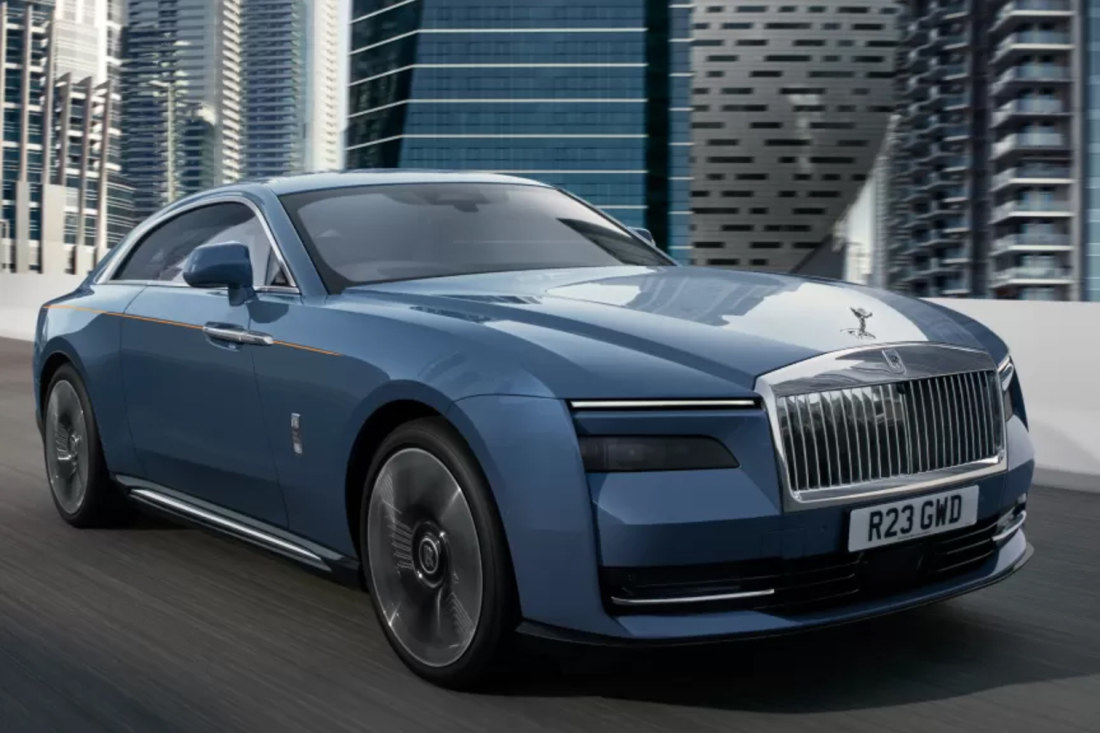
While the Rolls-Royce Spectre might have looks, it isn’t the most efficient of EVs.
Thanks to excellent efficiency, a Tesla Model 3 with a 60kWh battery has a WLTP range of 513 kilometres. At the other extreme, the Rolls-Royce Spectre (which admittedly isn’t designed with frugality front of mind) has a battery pack with a net 102kWh but achieves just 530km WLTP.
Long-range battery?
When a particular model offers a bigger battery option, many buyers go for it “just in case”. This usually means considerable extra cost and weight (with the latter affecting efficiency and tyre wear).
Sure, it’s an absolute necessity for those travelling big distances as our national charging infrastructure is still nowhere near good enough. However, if you charge at home or work, and rarely venture outside the city, the smaller battery is the wise choice.
Most people drive less than 40km a day, so with a once-a-week recharge, range anxiety shouldn’t be a problem.
Warranty and service
BEVs come with as little as three years’ warranty (eg Fiat, Abarth), or as much as seven years/unlimited kilometres (Kia, MG, GWM). Most companies independently guarantee their batteries for eight years, and some evidence suggests the latest generation batteries may last much, much longer than that.
Check the scheduled service pricing, too. A well-designed BEV is much cheaper to maintain than a petrol car, though the savings aren’t being passed on to the consumer by all brands.
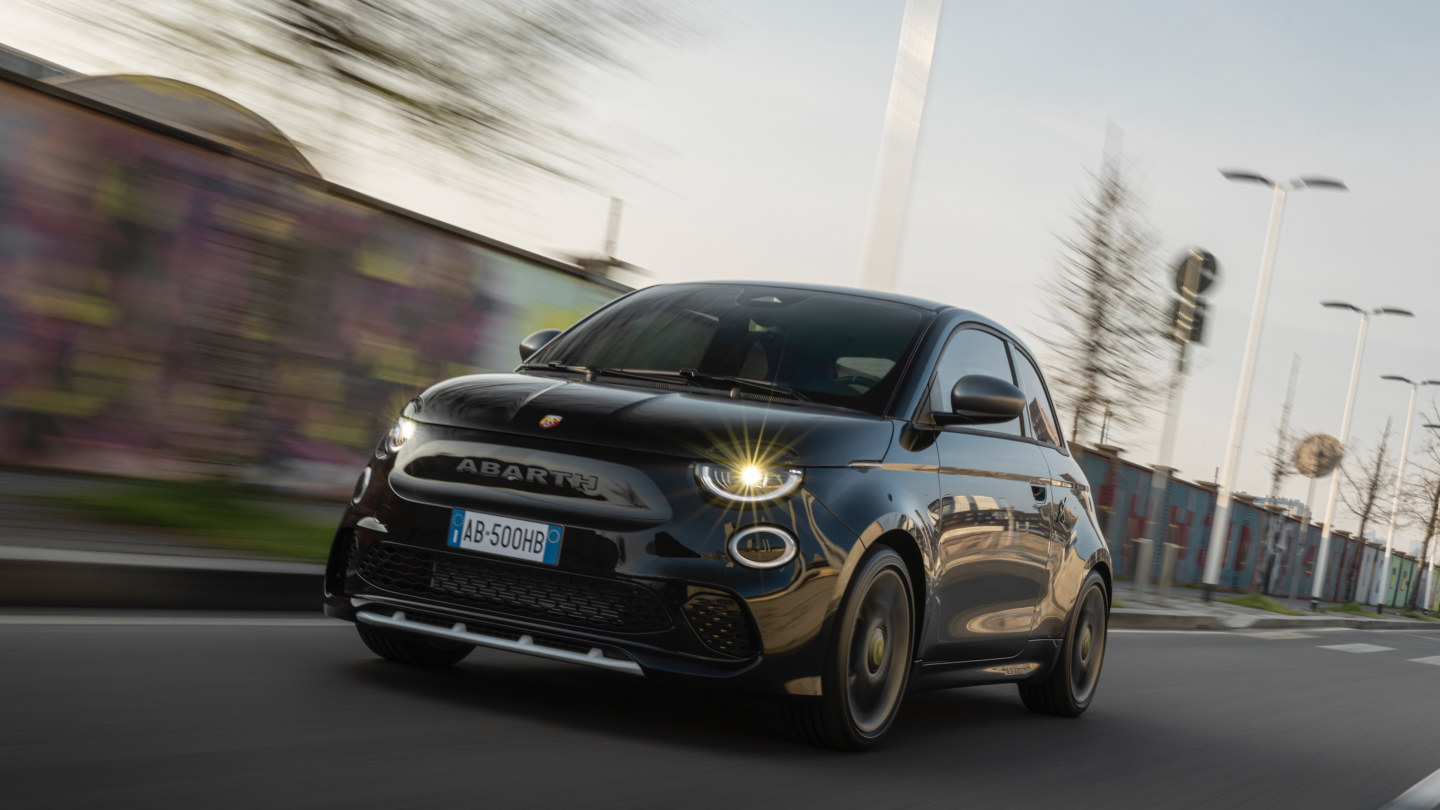
The Abarth 500e comes with a seven-year/unlimited kilometres warranty.
What about a PHEV?
The plug-in hybrid, or PHEV, combines an internal combustion engine with an electric motor and a small battery pack that can be charged externally.
Typically, a PHEV will run for 50 or 60 kilometres on electricity before the petrol kicks in. Proponents say it gives the best of both worlds: silent, emission-free running in the city, quick petrol refills on long trips.
PHEVs have been largely shunned by Australian buyers until now, partly because they are seen as expensive, complicated and fiddly (most people don’t want to plug in every night to replenish a tiny battery). There are plenty of other compromises, including the cost of maintaining two drive systems.
However, car makers are pushing them even harder, not least because it gives them a lower cost way of meeting new emissions legislation while still selling big, heavy, high-margin SUVs and utes.
Conclusion
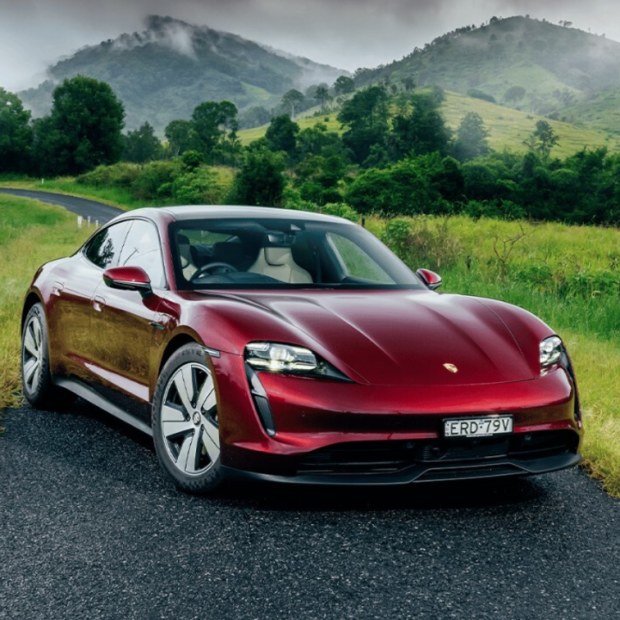
The Porsche Taycan sedan has a range of 369 kilometres.
There’s much to consider, particularly for first-time BEV buyers, but there’s also, finally, a wide and exciting choice.
These range from super quick sports sedans (the refreshed Porsche Taycan is now even faster) to stylish city SUVs (check out Volvo’s new EX30), affordable and fun-to-drive hatches (try the nippy, rear-drive MG4), big SUVs (Kia’s adventurous EV9) and top-line luxury cars (BMW’s i7 beats its petrol equivalent hands down).
And although Elon Musk’s erratic behaviour is a worry to some, there is still a huge amount to admire about Tesla cars. So happy shopping.
